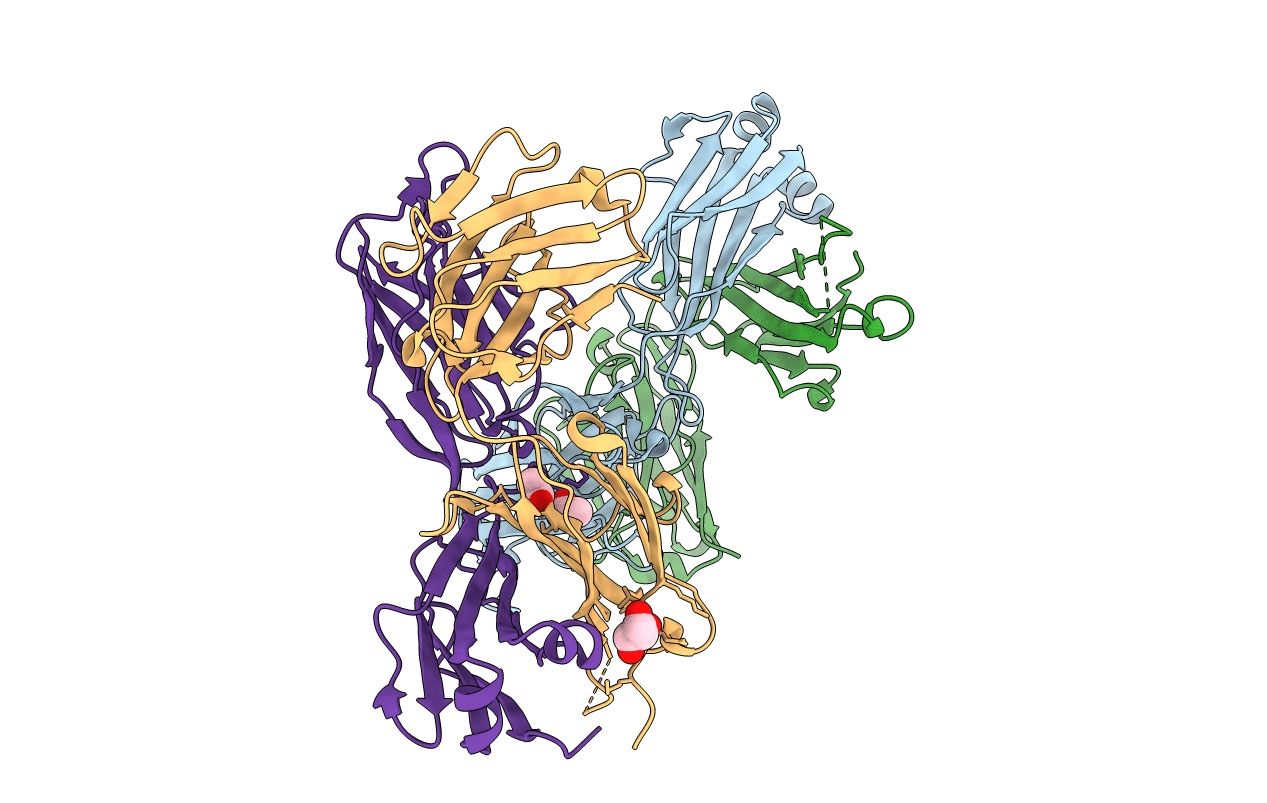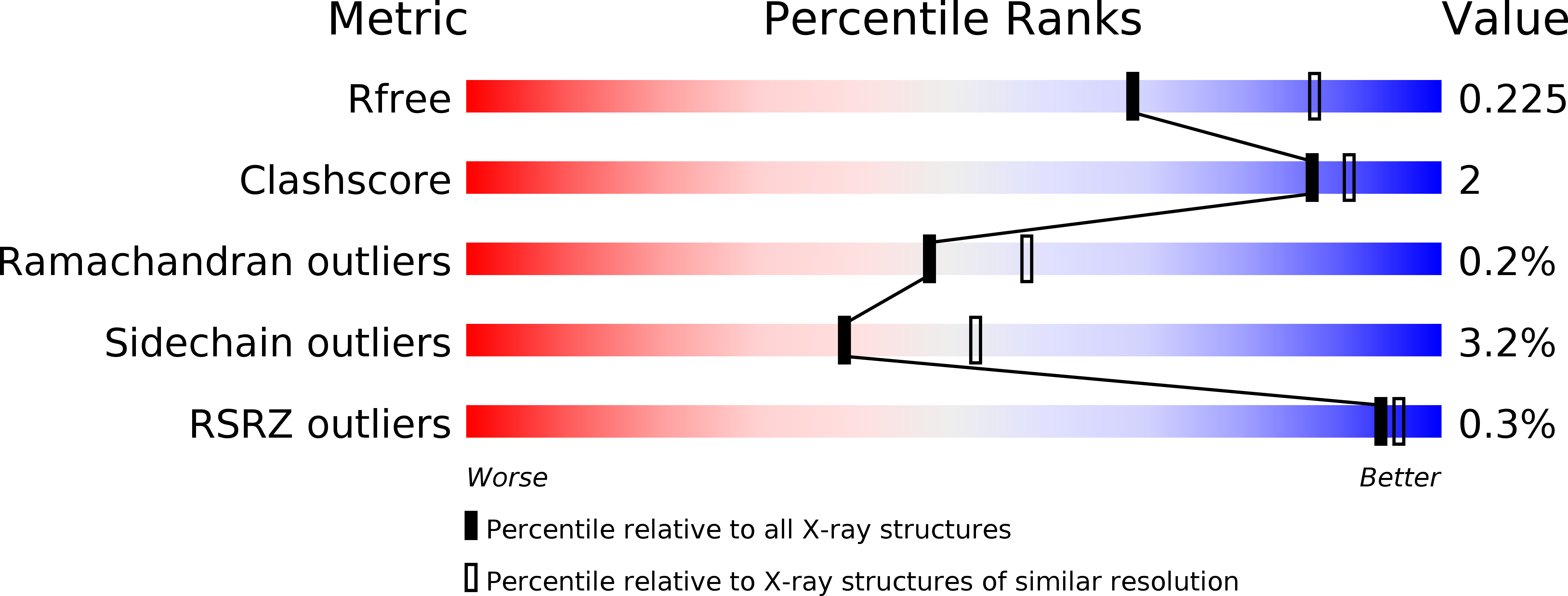
Deposition Date
2018-06-26
Release Date
2018-08-29
Last Version Date
2024-11-20
Method Details:
Experimental Method:
Resolution:
2.27 Å
R-Value Free:
0.21
R-Value Work:
0.18
R-Value Observed:
0.18
Space Group:
P 21 21 21


